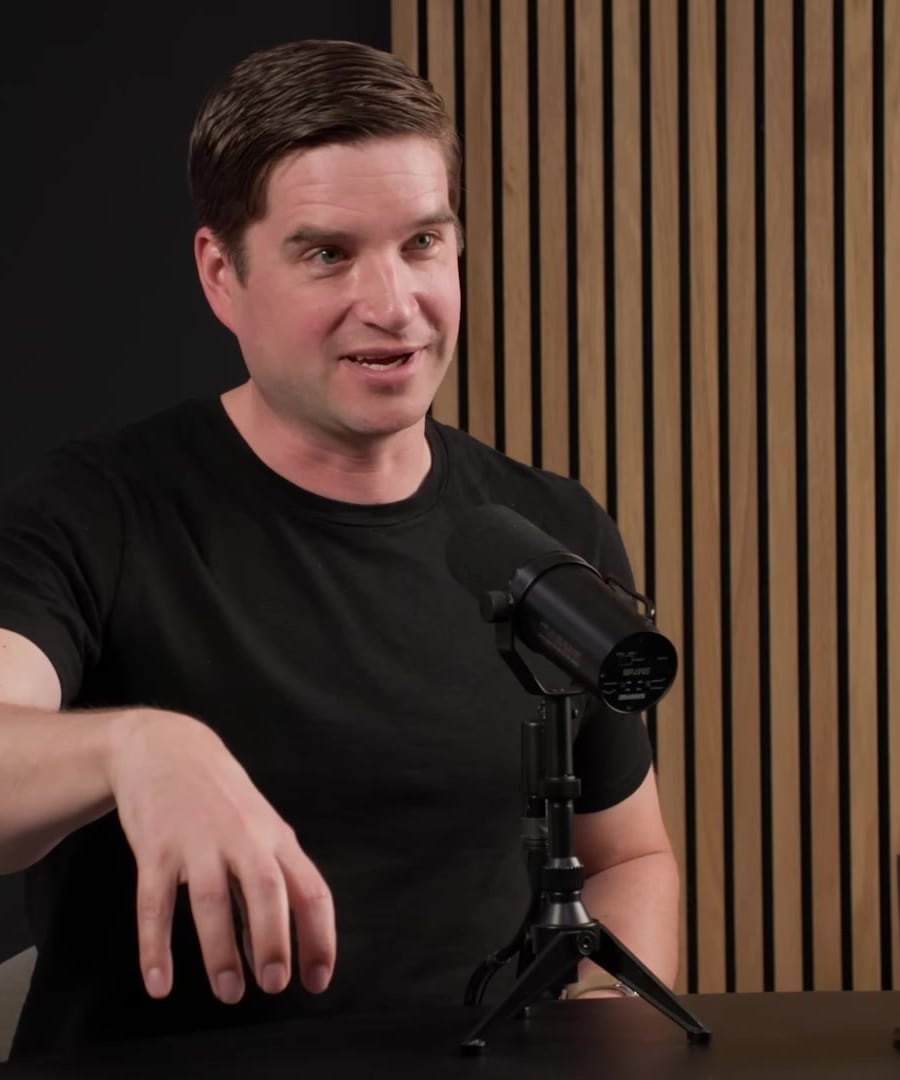Capturing ideas
Sources:
Capturing ideas effectively is a common challenge, and several experts have shared their strategies:
-
Cal Newport's Method:
- Notebook System: Cal Newport uses a Moleskine notebook to jot down ideas as they occur. He reviews this notebook monthly at a regular location to refresh his memory and transfer actionable ideas to a new notebook 1.
- Time Block Planner: For capturing ideas on-the-go, Newport suggests having a planner nearby at all times to jot down thoughts, ensuring no idea is lost 2.
- Differentiating Tasks and Ideas: He emphasizes treating ideas differently from everyday tasks, reviewing them monthly to prevent distraction 3 4.
-
James Clear's Approach:
- Consistent Tool Usage: Clear advocates for using a single tool consistently (e.g., Asana) to capture ideas, avoiding scattered notes across different platforms. This increases efficiency and ensures all ideas are in one place 5.
-
David Allen's Perspective:
- Training for Capture: Allen emphasizes the importance of training oneself to capture ideas promptly. He uses digital tools like Todoist to efficiently capture and manage thoughts, which helps in boosting creativity and maintaining mental clarity 6.
-
David Perell's Insight:
- Seizing Inspiration: Perell highlights the urgency of capturing ideas as soon as they strike, suggesting that waiting too long may result in losing valuable insights 7.
-
Specialized Capture Methods:
- Cal Newport and Andrew Huberman discuss the importance of capturing ideas in the tools where they will eventually be used (e.g., Scrivener for writing, LaTeX for math). This reduces friction and puts ideas directly into the workflow, enhancing productivity 8.
These methods provide a variety of strategies to ensure that valuable ideas are captured effectively, whether through systematic reviews, consistent tool usage, or immediate recording of inspiration.
RELATED QUESTIONS-


